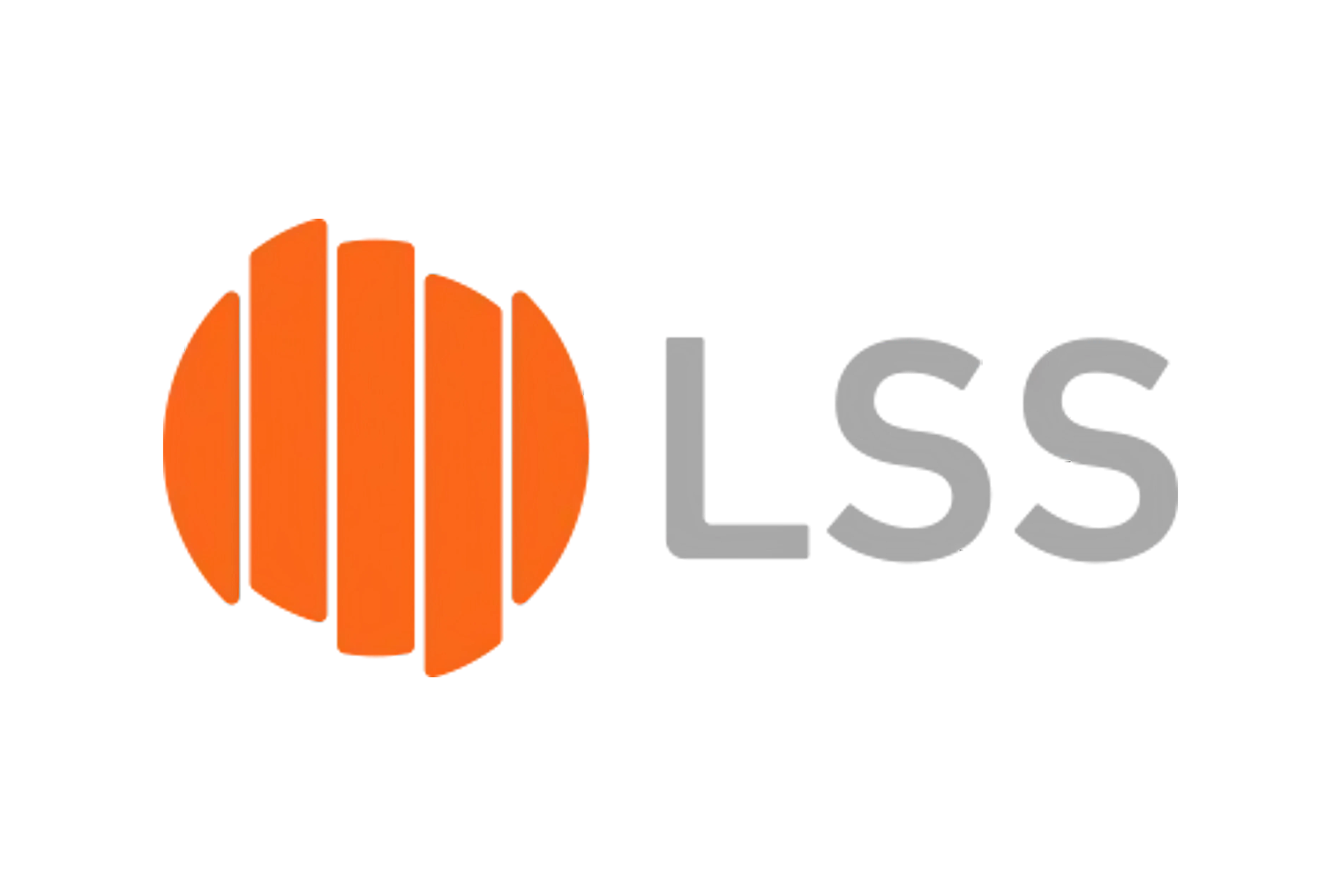

The Central Intelligence Hub for Process Manufacturers

Connect. Understand. Optimize. Across Every Layer.
Your Central Intelligence Hub


Unified Data Layer

Actionable Insights

Real-Time Anomaly Detection
Case Studies
UF System Optimization
70% Uptime Increase
A major production facility approached us to address the operational issues behind a significant downtime rating. When the facility’s management first assessed the situation, the maximum continuous runtime was a paltry 13 hours before a Cleaning-in-Place cycle was needed. The relatively low uptime witnessed was having a seriously detrimental impact on both operational efficiency and capacity. With the help of MontBlancAI, the team implemented a series of targeted optimizations using, among other things,AI-powered operational intelligence tools. As a result, the facility significantly increased overall efficiency and capacity. Here’s how they did it with the help of our cutting-edge operational intelligence tools.
Enhanced OEE
10% Uplift for a Filling Machine
A manufacturing facility was struggling with filling line inefficiencies, despite seemingly stable monthly performance reports. Frequent, untracked short stops and unclear performance fluctuations were silently eroding productivity. By leveraging MontBlancAI’s advanced production monitoring tools, the facility uncovered and addressed these issues, delivering a remarkable 12.4% increase in Overall Equipment Effectiveness (OEE) within just six weeks. This case study details the challenge, the innovative approach, and the eventual results.
Identifying Defects Early
The Power of Predictive Maintenance
A huge range of issues has the potential to delay, disrupt, and derail manufacturing operations. If you can identify these issues at the earliest opportunity, you can maintain an efficient production process. Traditional monitoring methods struggle to pick up issues such as performance deviations, short-term disruptions, and the failure of critical components such as filtration membranes. Our approach to predictive solutions provides a proven answer to this problem.
Optimize Dairy Production
Data-Driven Insights Powered by AI
Germany is home to one of the world’s most competitive dairy industries. The small and moderately-sized dairies in the country have to take every opportunity to make their operations more efficient and productive. This is a cost-effective and reasonably feasible way to compete with the large corporations. The pursuit of efficiencies and increased capacity plays a crucial role in this process, but traditional assessment methods are costly, time-consuming, and relatively unreliable.One relatively small dairy approached us due to our reputation for powerful production process monitoring software. The brief was simple: To decide whether optimizing existing equipment or investing in new machinery was the most cost-effective way forward.
Continuous CIP Validation
Hundreds of Saved Staffing Hours
Monitoring and validating Clean-in-Place (CIP) processes can be a complex, time-consuming, and costly process, particularly for relatively modest operations. However, production intelligence software powered by AI can make it significantly easier. That’s why a German dairy, processing more than two million liters of milk, turned to MontBlancAI for help. Producing high-quality milk, cream, yogurt, cheese, and butter, the dairy relies on CIP to clean and sanitize equipment and pipelines, ensuring product hygiene, quality, and safety.Was there a way to streamline and enhance the existing CIP processes? Let’s take a look.
.svg)
UF System Optimization
.svg)
Enhanced OEE
.svg)
Identifying Defects Early
.svg)
Optimize Dairy Production
.svg)
Continuous CIP Validation
.svg)
UF System Optimization
70% Uptime Increase
A major production facility approached us to address the operational issues behind a significant downtime rating. When the facility’s management first assessed the situation, the maximum continuous runtime was a paltry 13 hours before a Cleaning-in-Place cycle was needed. The relatively low uptime witnessed was having a seriously detrimental impact on both operational efficiency and capacity. With the help of MontBlancAI, the team implemented a series of targeted optimizations using, among other things,AI-powered operational intelligence tools. As a result, the facility significantly increased overall efficiency and capacity. Here’s how they did it with the help of our cutting-edge operational intelligence tools.
Enhanced OEE
10% Uplift for a Filling Machine
A manufacturing facility was struggling with filling line inefficiencies, despite seemingly stable monthly performance reports. Frequent, untracked short stops and unclear performance fluctuations were silently eroding productivity. By leveraging MontBlancAI’s advanced production monitoring tools, the facility uncovered and addressed these issues, delivering a remarkable 12.4% increase in Overall Equipment Effectiveness (OEE) within just six weeks. This case study details the challenge, the innovative approach, and the eventual results.
Identifying Defects Early
The Power of Predictive Maintenance
A huge range of issues has the potential to delay, disrupt, and derail manufacturing operations. If you can identify these issues at the earliest opportunity, you can maintain an efficient production process. Traditional monitoring methods struggle to pick up issues such as performance deviations, short-term disruptions, and the failure of critical components such as filtration membranes. Our approach to predictive solutions provides a proven answer to this problem.
Optimize Dairy Production
Data-Driven Insights Powered by AI
Germany is home to one of the world’s most competitive dairy industries. The small and moderately-sized dairies in the country have to take every opportunity to make their operations more efficient and productive. This is a cost-effective and reasonably feasible way to compete with the large corporations. The pursuit of efficiencies and increased capacity plays a crucial role in this process, but traditional assessment methods are costly, time-consuming, and relatively unreliable.One relatively small dairy approached us due to our reputation for powerful production process monitoring software. The brief was simple: To decide whether optimizing existing equipment or investing in new machinery was the most cost-effective way forward.
Continuous CIP Validation
Hundreds of Saved Staffing Hours
Monitoring and validating Clean-in-Place (CIP) processes can be a complex, time-consuming, and costly process, particularly for relatively modest operations. However, production intelligence software powered by AI can make it significantly easier. That’s why a German dairy, processing more than two million liters of milk, turned to MontBlancAI for help. Producing high-quality milk, cream, yogurt, cheese, and butter, the dairy relies on CIP to clean and sanitize equipment and pipelines, ensuring product hygiene, quality, and safety.Was there a way to streamline and enhance the existing CIP processes? Let’s take a look.














